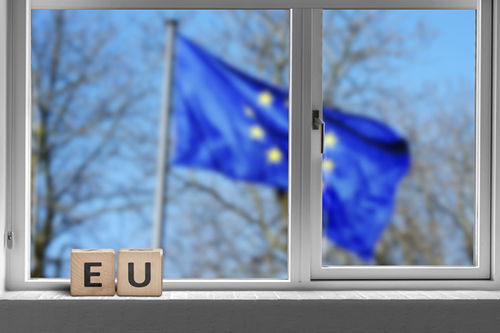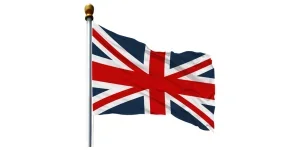On May 8, 2024, authorized by the European Commission, the European Chemicals Agency (ECHA) expanded its REACH XV restriction proposal to include at least 12 Chromium (VI) compounds, supplementing the initial measures for Chromium trioxide and Chromic acid introduced in September 2023.

New Restriction Scope
The latest proposal has expanded the Authorisation List to include chromium substances in entries 16 to 22 and 28 to 31. Additionally, ECHA plans to add unlisted chromium compounds, such as chromic acid (EC No. 233-660-5), to the restriction proposal, due to their potential as substitutes for restricted substances and associated health risks to workers and the public.
Background
Chromium trioxide and ten related substances were added to the Authorisation List in 2013 and 2014 because of their high toxicity and allergenicity, with authorisations expiring in 2017 and 2019. The unexpected surge in applications overloaded ECHA and related agencies, affecting chemical oversight. In response, the European Commission required ECHA to draft a new restriction proposal by October 2024 to enhance regulation of these substances.
Next Steps
Due to this expanded proposal scope, the deadline for the restriction proposal initially set for October 4, 2024, has been extended to April 11, 2025. To support detailed preparation, ECHA will initiate a second call for evidence in June this year, focusing on alternatives to chromium substances and their use in spraying applications. Additionally, ECHA will host a webinar on June 6, 2024, to discuss key outcomes from the initial evidence round and detail the data needed for the next phase.
Understanding of REACH Annex XIV and Annex XV
In the EU’s REACH regulation, the mechanisms of authorisation (under Annex XIV) and restriction (under Annex XVII) operate concurrently to establish a comprehensive safety protocol. Authorisation measures restrict the use of certain chemicals by setting temporary use periods. Once the temporary use period has expired, the corresponding substance is prohibited from being sold on the EU market. The purpose of restrictions is to control the maximum permitted concentration of certain substances in products or to limit their use to certain specific applications. It is crucial to understand that substances classified as ‘restricted’ under Annex XVII are typically not found in the Authorisation List under Annex XIV. This distinction underscores their separate roles and objectives within the REACH system.
If you need any assistance or have any questions, please get in touch with us via service@cirs-group.com.
Source from CIRS
Disclaimer: The information set forth above is provided by cirs-group.com independently of Alibaba.com. Alibaba.com makes no representation and warranties as to the quality and reliability of the seller and products.



